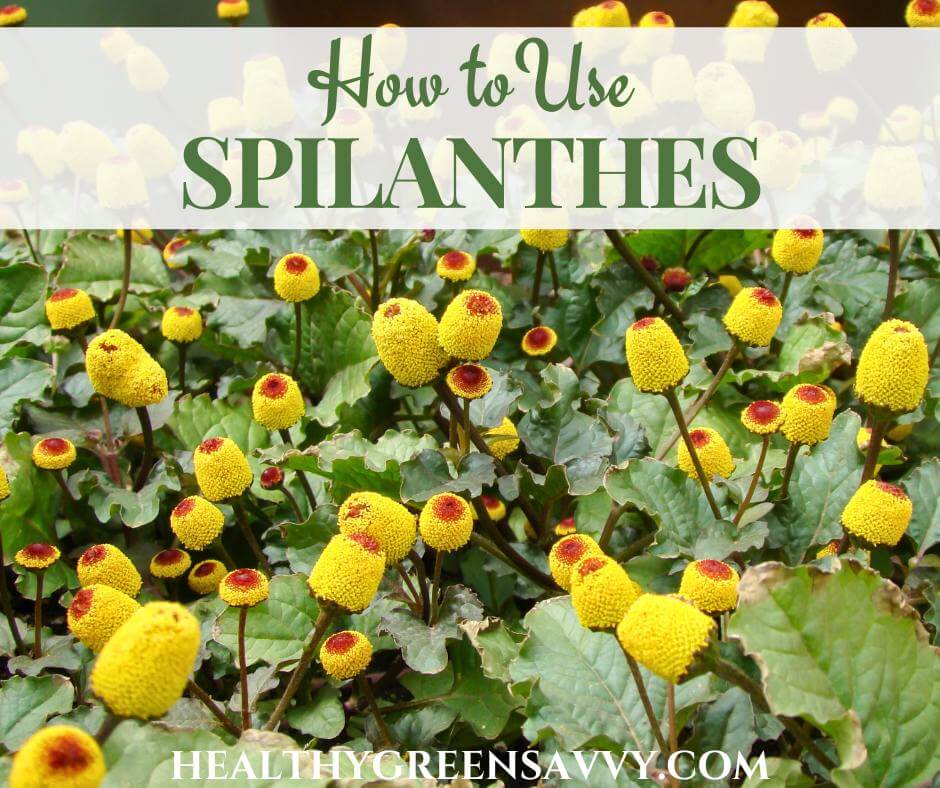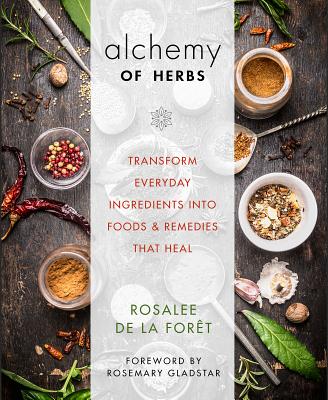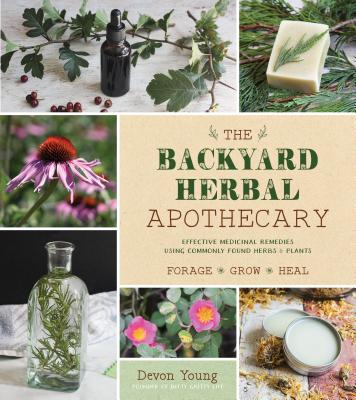Last Updated on June 15, 2024
Ever heard of buzz button, aka spilanthes? You may know it as a toothache plant, paracress, or Szechuan buttons. It’s a fascinating plant used both medicinally and as a kitchen ingredient, and it has some very intriguing properties.

WHAT IS BUZZ BUTTON / SPILANTHES / TOOTHACHE PLANT?
Often recommended for oral care (hence the name toothache plant), spilanthes (Acmella oleracea or Spilanthes acmella) is in the aster family, along with dandelion, calendula, sunchoke, and sunflower. Also known as buzz buttons or electric daisy, it creates a surprising buzz in your mouth when you eat it fresh or take it in tincture. Some people liken the experience to the fizzy sensation you may remember from eating pop rocks as a kid.
This plant of many names also goes by the paracress, Szechuan buttons, tingflower, and eyeball plant. You can kind of see why in the photo below.

Spilanthes is a tropical perennial native to Brazil that’s grown as annual in northern latitudes. I first encountered the plant I (along with the herbal folk I know) generally call spilanthes in the medicinal herb garden a wonderful local herbalist, LuAnn Raadt, planted out at our CSA. LuAnn loves to give visitors tastes of the cool-looking buzz button flowers so they can experience the surprising buzz for themselves!
It’s also one of the top herbs she recommends for combating viruses, so I keep a bottle of her spilanthes tincture on hand as an herb for colds and flu.
Used as both an edible green and herbal remedy, young leaves are used in salads and older ones as a cooking green.
Recently, buzz buttons have caught on as a cocktail ingredient, where they’re said to awaken the taste buds, and electrify the tongue. Even TGI Fridays created a drink called Blackberry Buzz Rita featuring them.
I’ve also read that spilanthes can act as a natural alternative to Botox to relax muscles, and you may find it sold as an anti-aging skincare ingredient. I haven’t tried myself, but if you have, let the rest of us know what you thought in the comments!
SPILANTHES BENEFITS & USES
TRADITIONAL USES FOR SPILANTHES
The name toothache plant, of course, derives from its use for addressing tooth pain and gum disease as well as sores in the mouth. Spilanthes plants are the source of the compound spilanthol, which works as a numbing agent. Like commercial preparations for toothache, spilanthes can help with tooth pain by temporarily numbing the area. LuAnn recommended it when my elder daughter first got braces, and she found it helpful.
In Making Plant Medicine, Rico Cech lists the entire plant as medicinally useful but recommends the buds and flowers especially. He lists Acmella oleracea and Acmella alba as the two species with known historical use, though additional species grow worldwide.
If you want to make a tincture, Cech recommends using the fresh herb or recently dried herb.
Like elderberry, spilanthes is recommended for use in the early stages of infection. Cech notes it’s helpful for bacterial as well as viral, fungal, and parasitic infections and recommends alternating spilanthes with echinacea at the beginning of an acute infection
He also cautions that daily consumption may affect good gut bacteria as well as pathogens, so he doesn’t recommend internal use on a long-term basis.
Spilanthes also has antimicrobial, anti-inflammatory, and diuretic properties. Herbalists recommend it for stimulating an immune response, as well as supporting the lymphatic and circulatory systems. Here’s more about immune-boosting herbs.
Want to learn more about using herbs to support health? Check out some of the best herbalism books for your home library.
CAUTIONS
–> Always start with a very small amount of any new herb to make sure you don’t have a negative reaction to it. Seek medical help if you have a reaction after consuming spilanthes.
If you have underlying health conditions or take medications, you should always consult a physician before trying a new herb. Some herbs are contraindicated for or affect the action of certain medications.
Contraindications and Interactions
- Because it’s a diuretic, if you’re taking diuretics, you shouldn’t also take spilanthes.
- Not recommended for those with prostate cancer.
- There’s some concern about the safety of spilanthes for pregnant women and it’s not recommended during pregnancy.
Though it’s sometimes called jambu, it shouldn’t be confused with wax jambu or jambu madu, a wax apple tree popular in Southeast Asia.
WHERE TO GET BUZZ BUTTONS
To get a supply of fresh buzz buttons, you’ll probably want to grow your own. (You can buy them fresh online as well, but they’re not cheap.) If you want to grow them in your garden, you can find them at Strictly Medicinals, as well as from sellers on Etsy and Amazon.
You can also purchase dried buzz buttons or spilanthes tincture online.
HOW TO USE SPILANTHES
Buzz buttons can be used medicinally or as a culinary ingredient.
Medicinally, it’s generally used as a tincture, which preserves the extracted compounds in a very concentrated form. You can also chew fresh leaves or flowers to ease mouth pain, or rub a little crushed fresh leaf on a cut to help fight infection and provide pain relief.
In the kitchen, you can add the less buzz-y leaves to salads and soups. Best try small amounts to begin with, especially if you’re using fresh leaves. They will lose some of their zing when cooked.
Or you can take your cue from top chefs who have diners eat a buzz button before tasting other food in order to elevate the sensation of taste and better appreciate flavors.
You can also try some inventive recipes using this unusual ingredient, such as this unusual recipe for chocolate truffles that promise to electrify your mouth or a zingy szechuan button sorbet.
You can also user buzz button flowers to enliven your cocktails. Try a Manhattan with extra buzz button kick like this one from Marx foods, or this intriguing Szechuan button tickler cocktail.

HOW TO PRESERVE BUZZ BUTTONS
Like other medicinal herbs you can grow in your garden, spilanthes can be preserved in several ways. One of the easiest is drying, which you can do with or without a dehydrator.
The flowers and leaves will take different amounts of time to dry. If you use a dehydrator, set it to a low temperature (110 degrees), and check the leaves after a few hours. They should dry more quickly. Flowers will take longer.
You can also air dry your herbs on a screen if your humidity is low enough. A collapsible drying rack is helpful for drying many layers of herbs in a small space.
You can also make a tincture from the fresh plant, following the method outlined in other posts on tincturing herbs, like this lemon balm tincture or stinging nettle tincture.
Here are other ways to preserve herbs you can explore.
If you love learning about plants you can use to address common complaints and support health, here are some other herbs to explore:
Save this info on buzz buttons / spilanthes / toothache plant or whatever you like to call it for later!

Disclaimer: I’m a health enthusiast, not a medical professional. Content on this website is intended for informational purposes only and is not meant to provide personalized medical advice. I draw on numerous health sources, some of which are linked above. Please consult them for more information and a licensed professional for personalized recommendations.
Cover photo and pin credits: Pinrath Phanpradith

Susannah is a health and environmental writer focusing on gardening, foraging, medicinal plants, and sustainability. Her work has appeared in Mother Earth Living, Ensia, Northern Gardener, Sierra, and on numerous websites. Her first book, Everything Elderberry, released in September 2020 and was a #1 new release in holistic medicine, naturopathy, herb gardening, and other categories. Find out more and grab your copy here.






 Hi, I'm Susannah, a garden geek, energy nerd, and fan of healthy food and natural remedies. Need some simple, practical solutions for living healthier and greener? You've come to the right place! More about me and my green projects
Hi, I'm Susannah, a garden geek, energy nerd, and fan of healthy food and natural remedies. Need some simple, practical solutions for living healthier and greener? You've come to the right place! More about me and my green projects
Leave a Reply